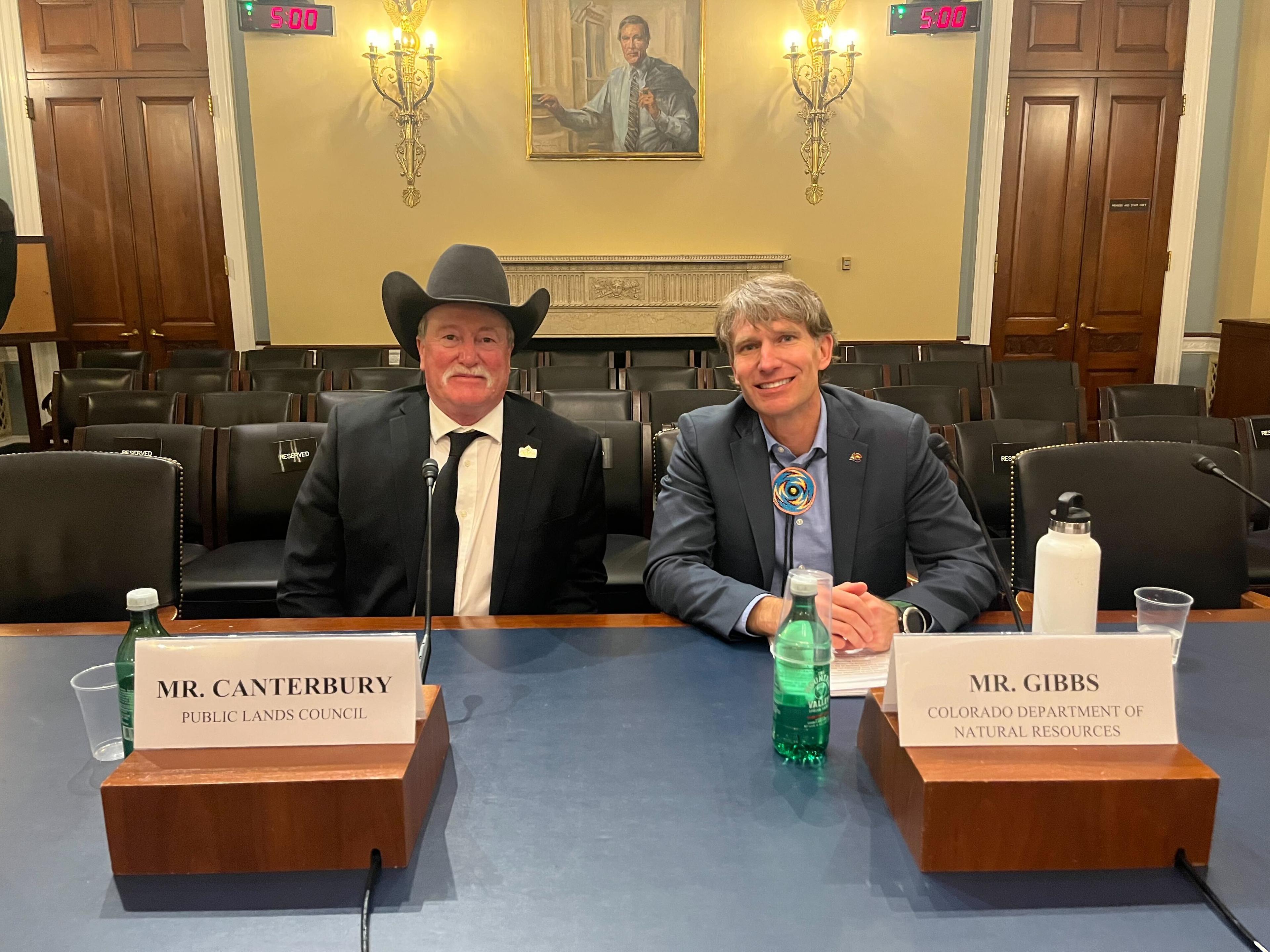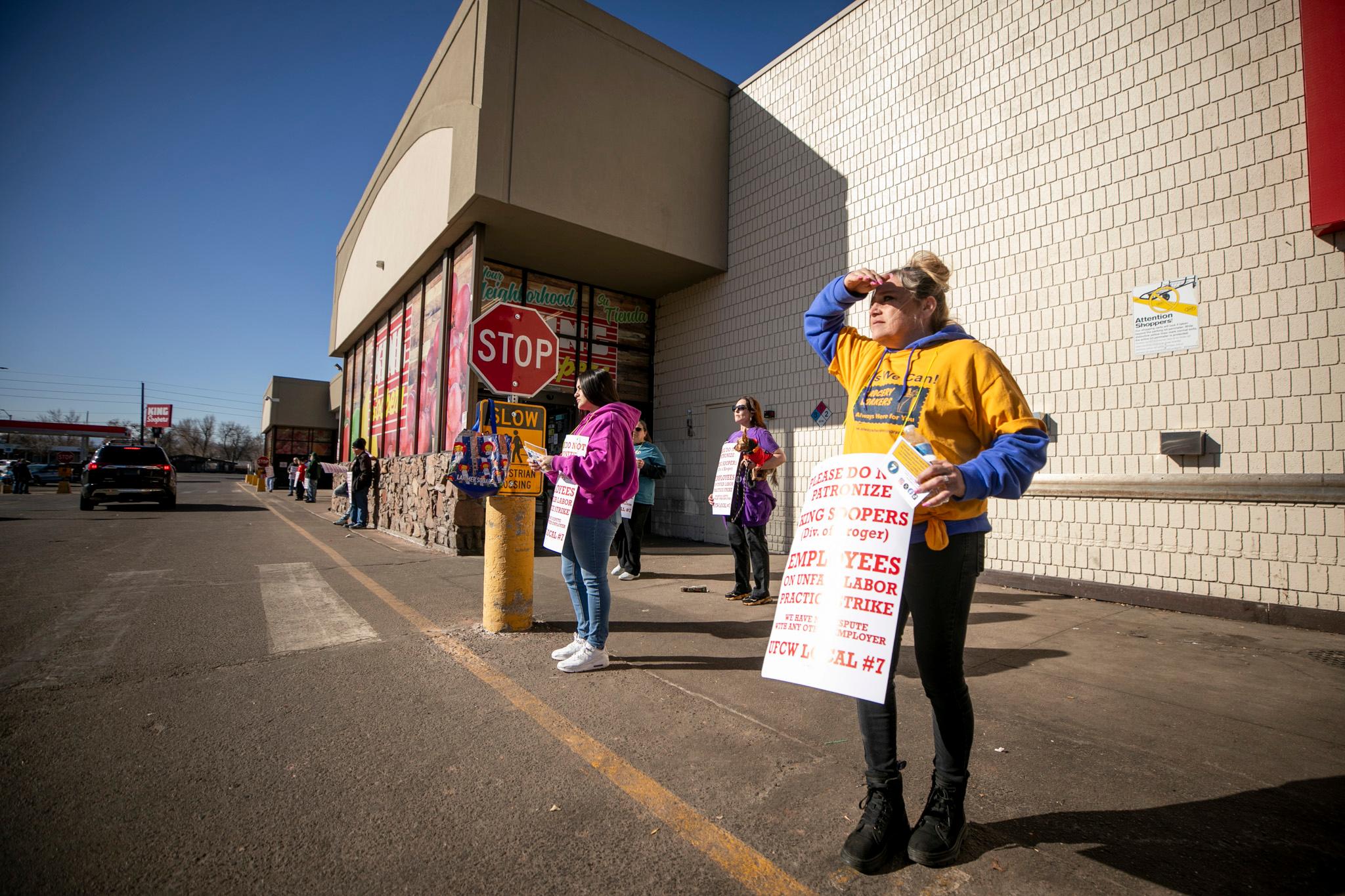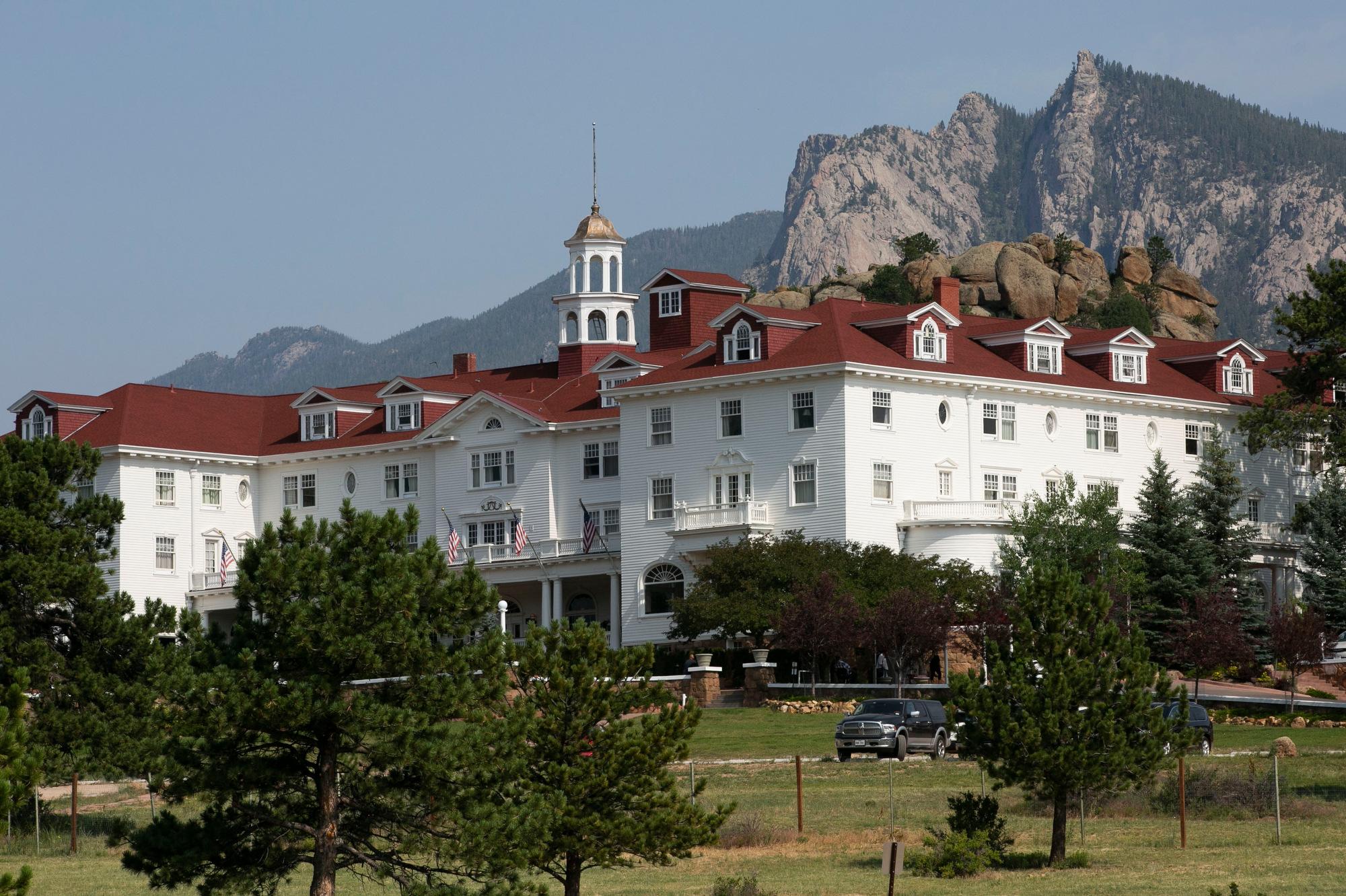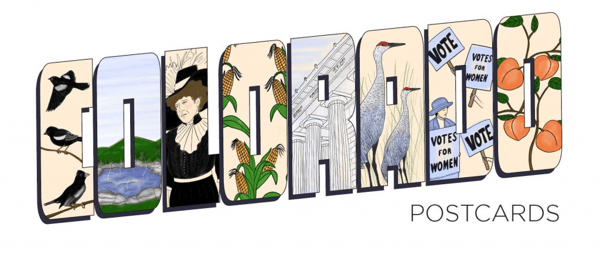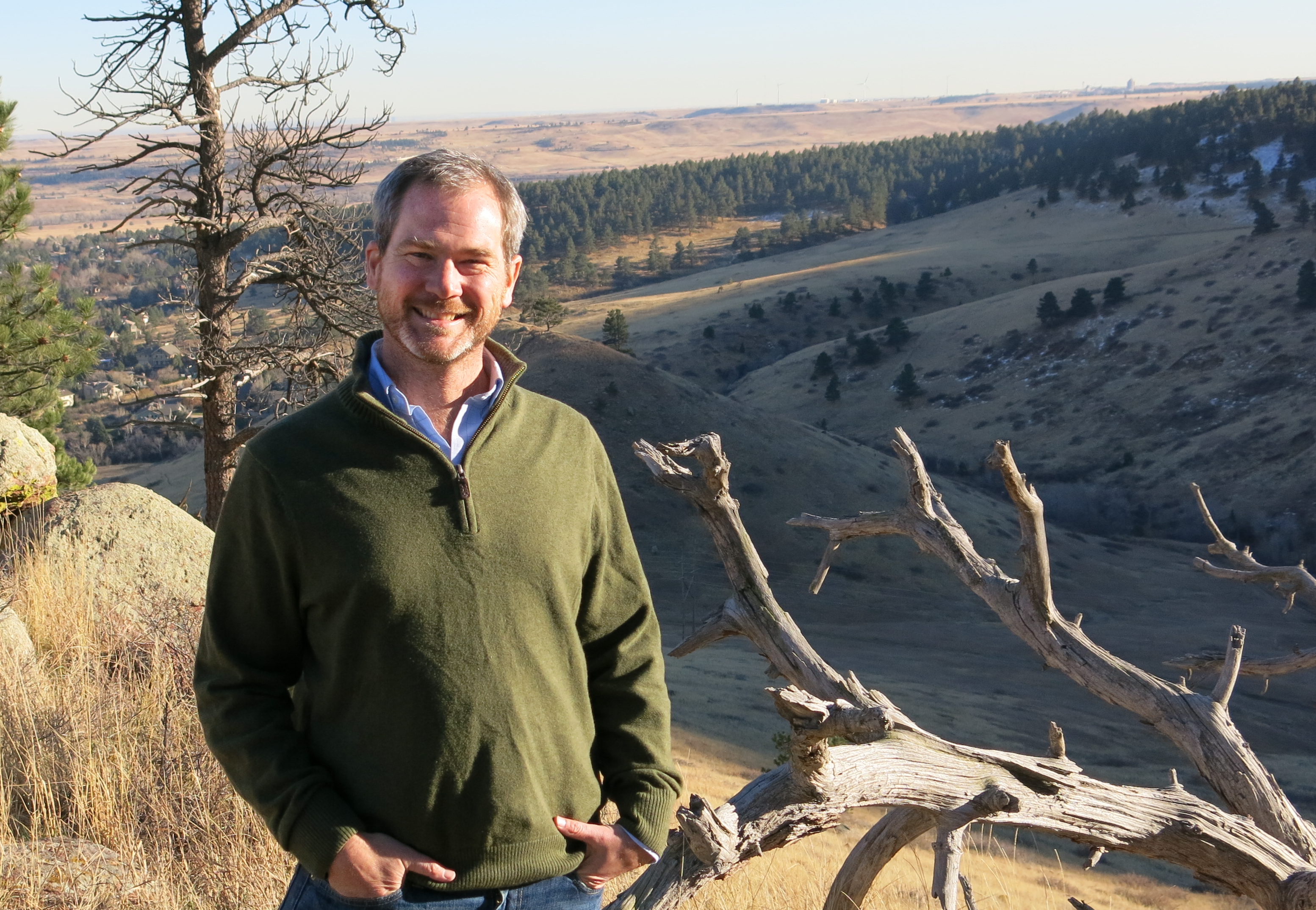

The city unveiled its first-ever resilience strategy Thursday. The document builds off wildfire and flood plans to show how hazards are interlinked—and how they impact businesses and low-income people.
Boulder’s Chief Resilience Officer Greg Guibert said the strategy includes 15 actions.
“We’re really excited about what we have on paper, but we want more. This is a community effort," Guibert said.
The resilience strategy is a new approach to city planning spearheaded by the Rockefeller Foundation. Michael Berkowitz, who heads up the 100 Resilient Cities Project, said there are opportunities to leverage dollars spent on climate action plans to have other net benefits—like public health.
“Making every dollar that you spend on meeting carbon neutrality goals work in many different ways will make Boulder stronger and able to survive whatever the next disaster is," Berkowitz said.
The draft document includes different actions—everything from ideas to boost food security to a mobile resilience lab that would help residents make disaster preparedness kits.
The city will accept public comment through May 20. The draft plan then goes before Boulder’s City Council in July.

